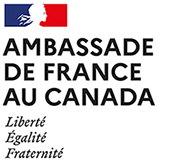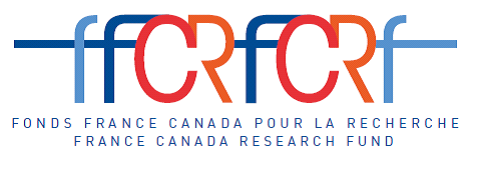This Scientific Collaboration Support Program, financed by the France-Canada Research Fund (FCRF), aims to support developing new expert partnerships between France and Canada by promoting researcher mobility, particularly for young researchers, and students.
This program provides financing for new scientific projects jointly developed by French and Canadian teams that have never worked together before. Submitted proposals must be joint projects between a French institution (all universities, Grandes Écoles, and research organizations are eligible) and one of the 20 FCRF’s Canadian member universities.
You can apply to the 2020 “New Collaborations” FCRF program. Please read the 2020 FCRF Guidelines carefully before downloading the 2020 FCRF application form
Deadline for applications: November 15, 2019.
Should you have any question about the program, please send an email to : [email protected]
FREQUENTLY ASKED QUESTIONS
Can post-doctoral fellows apply?
No, only researchers holding a tenured or tenure-track position may apply.
What is meant by “young researcher”?
Refers to master’s and doctoral students. Post-doctoral fellows can be considered as young researchers provided that the teams also include students.
What is a “new collaboration”?
Researchers who wish to apply must never have worked together. Co-publication, joint organization of symposia or joint supervision of students, for example, are considered as collaborations. The researchers concerned are not eligible.
What are the eligible expenses in the budget?
FCRF funds are primarily intended to finance the mobility of researchers, including young researchers. As such, travel expenses such as flights, accommodation and meals are eligible. Fees should be balanced to give students a chance to travel as well.
Indirect costs of universities (overheads) and salaries are not eligible.
What can be included in the “other” category of the budget?
For example, equipment or material costs required for the project are eligible. However, it is recommended that no more than 10% of the total budget be included in the “other” category.

